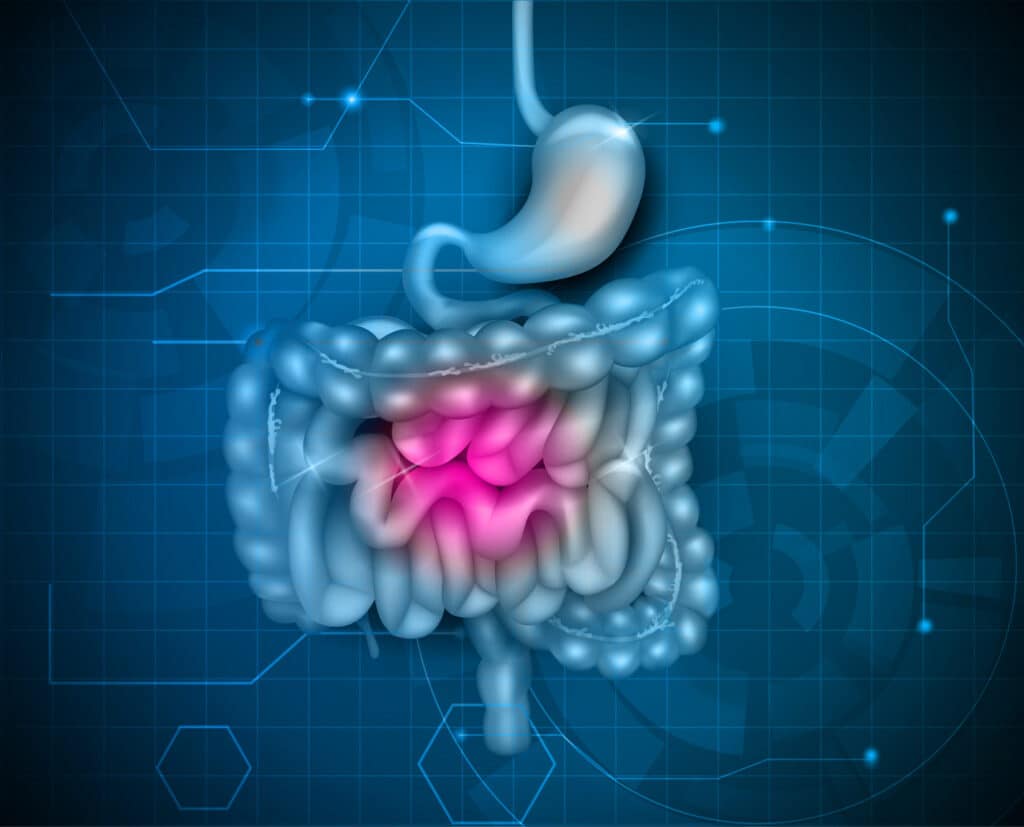Introduction:
Cystic Fibrosis-Related Diabetes (CFRD) is a prevalent extrapulmonary complication among patients with cystic fibrosis (CF). This article explores the reproducibility of at-home continuous glucose monitoring (CGM) acquisitions through mixed meal tolerance tests in individuals with CFRD who do not receive insulin treatment.
The Significance of Cystic Fibrosis-Related Diabetes in Cystic Fibrosis:
CFRD is a relatively common extrapulmonary complication of cystic fibrosis (CF), affecting nearly 20% of young and 40-50% of adult populations with CF. Annual glucose tolerance testing (OGTT) is currently recommended for all patients with CF who are older than 10 years; however, adherence to recommended OGTT is often poor, primarily due to the 2-hour time commitment. Fill out this form to check if you or a friend qualifies for Continuous Glucose Monitors and improve diabetes control.
Additionally, OGTT has shown low reproducibility, leading to differing values and diagnoses. The absence of a defined threshold for cystic Fibrosis-Related Diabetes diagnosis and insulin treatment has further complicated the screening process.
Must Read CGMs in noncritical care hospitals optimizes glycemic control
Reproducibility Assessment with CGM:
To establish CGM as a reliable clinical tool for this patient population, researchers conducted a descriptive study involving two consecutive at-home CGM acquisitions with mixed meal tolerance tests in non-insulin-treated adolescents and adults with CF. This study aimed to assess the current diagnostic threshold’s confidence and the need for consistency in CGM results.
The Study and Patient Selection:
The study enrolled 20 patients aged 14-50 years with CF who were not treated with insulin or antihyperglycemic medications. These patients were recruited from the LeRoy W. Matthews CF Center at the University Hospitals Rainbow Babies and Children’s Hospital in Cleveland, OH, between April and December 2021.
Read Guide about Wegovy Dosage Guide: The Best Way For Weight Loss
Patients with specific exclusions such as adhesive allergies, low carbohydrate diets, pregnancy, recent hospitalization, pulmonary exacerbations, or recent glucocorticoid use were not included in the study. Due to COVID-19 limitations, all study activities were conducted virtually.
Study Procedure:
Patients wore a blinded CGM device for two separate 14-day periods with 1 to 3 weeks off between each CGM wear period. During days 2 to 4 of each 14-day wear period, patients maintained a 3-day dietary log and performed a fasting mixed meal tolerance test (MMTT) on day 5.
The fasting regimen involved an 8-hour period without food or drink prior to and 3 hours after ingesting Boost High Protein Vanilla due to its higher protein content and risk reduction for post-prandial hypoglycemia.
Also, read about Investigating VX-264 for Type 1 Diabetes
Data Analysis:
Glycemic data from CGM 1 and CGM 2 were compared against published thresholds to define abnormality, including percent time >140 mg/dL of ≥4.5%, percent time >140 mg/dL of >17.5%, and percent time >180 mg/dL of >3.4%. After that, we compared the peak glucose thresholds with the 2-hour glucose thresholds for the repeat MMTT.
Study Findings:
Among the 20 participants, there were discrepancies between CGM 1 and CGM 2 results, especially for percent time >140 mg/dL of ≥4.5%. However, the average glucose levels for CGM 1 and CGM 2 were quite similar. A total of 17 participants completed the 2 MMTTs at home, revealing varying results, particularly for peak glucose levels.
Conclusion and Future Implications:
This study is the first to explore CGM for glycemic screening in the home environment among Cystic Fibrosis-Related Diabetes patients. While it showed promise, several limitations need consideration, including small sample size, a lack of enrichment in patients with more severe glycemia, and the absence of established guidelines for abnormal CGM.
Future studies should focus on higher rates of dysglycemia to provide additional data for refining CGM thresholds for CFRD screening and clinical practice guidelines.
In conclusion, the study sheds light on the potential utility of CGM in the management of Cystic Fibrosis-Related Diabetes and highlights the need for further research to improve its accuracy and reliability in this patient population.


